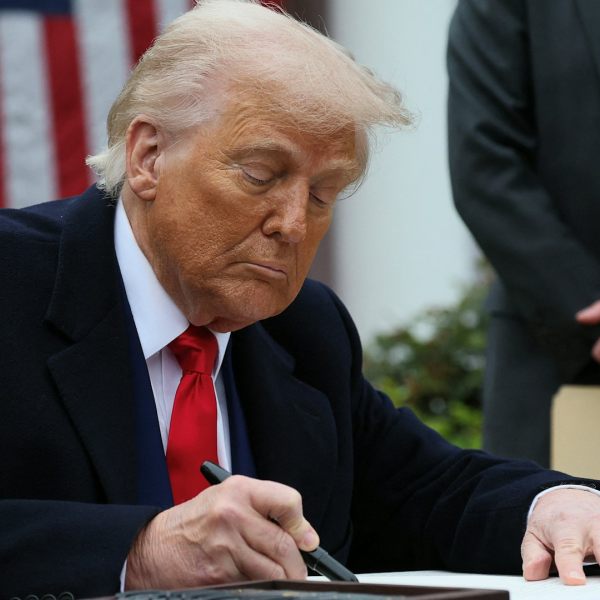Canada fast-tracks stablecoin regulation to include in federal budget
- Canada prepares rules for stablecoins
- Priority: Avoid flight to tokenized dollars
- Global sector already exceeds US$ 300 billion
The Canadian government is reportedly stepping up its efforts to establish a regulatory framework for stablecoins, with guidelines expected to be presented as early as the federal budget on November 4. The announcement comes after officials held frequent talks with market representatives and financial regulators in recent weeks.
According to Bloomberg , discussions have focused on two main points. The first concerns the classification of these cryptocurrencies pegged to fiat currencies, which currently fall under the category of securities or derivatives due to the lack of specific legislation. The second involves concerns about the migration of domestic capital to dollar-backed stablecoins, which are widely dominant in the global market.
John Ruffolo, co-chair of the Council of Canadian Innovators, recently warned of the economic risks of regulatory delays. He stated that the absence of clear rules could hurt demand for Canadian bonds, raise financing costs, and reduce the Bank of Canada's ability to manage monetary policy effectively. The message was straightforward: without a domestic framework, the country's money could go the way of the tokenized dollar.
Canada's move comes in parallel with initiatives in other major economies. Japan and Hong Kong have advanced their own regulatory frameworks, while Europe implemented MiCA, which establishes strict parameters for stablecoin issuers. In the United States, the GENIUS Act created a federal standard for payment-compatible assets, although it still faces political disagreements, with public criticism from Senator Elizabeth Warren and concerns about legal loopholes raised by members of the Federal Reserve.
Market growth helps explain the rush. The total supply of stablecoins is close to reaching $300 billion, dominated by US dollar-pegged issuers such as Tether and Circle. Analysts project the sector will experience strong expansion in the coming years. Standard Chartered estimates that up to $1 trillion could be reallocated from emerging market bank deposits to US stablecoins by 2028.
In this environment of international regulatory competition, Canadian authorities demonstrate their intention to prevent the country from becoming dependent on third-party structures when dealing with a market that has become central to global cryptocurrency liquidity.
Disclaimer: The content of this article solely reflects the author's opinion and does not represent the platform in any capacity. This article is not intended to serve as a reference for making investment decisions.
You may also like
The Next "Black Swan": "Tariff Refund Mega Deal", Wall Street and Individual Investors Are Placing Bets
Individual investors are participating in this game through emerging prediction markets such as Kalshi and Polymarket.

Since the U.S. legislation in July, stablecoin usage has surged by 70%!
After the "Genius Act" was passed in the United States, stablecoin payment volumes surged, with August transactions exceeding 10 billion USD. Nearly two-thirds of this amount came from inter-company transfers, making it the main driving force.

BlackRock Shifts $500 Million Funds to Polygon Network
In Brief BlackRock transfers $500 million to Polygon, enhancing blockchain integration in finance. The move shows increased trust in blockchain-based financial structures. It indicates a trend towards decentralization and long-term structural change in finance.

XRP Eyes $27 Target After Breakout Confirms Multi-Year Bullish Pattern

